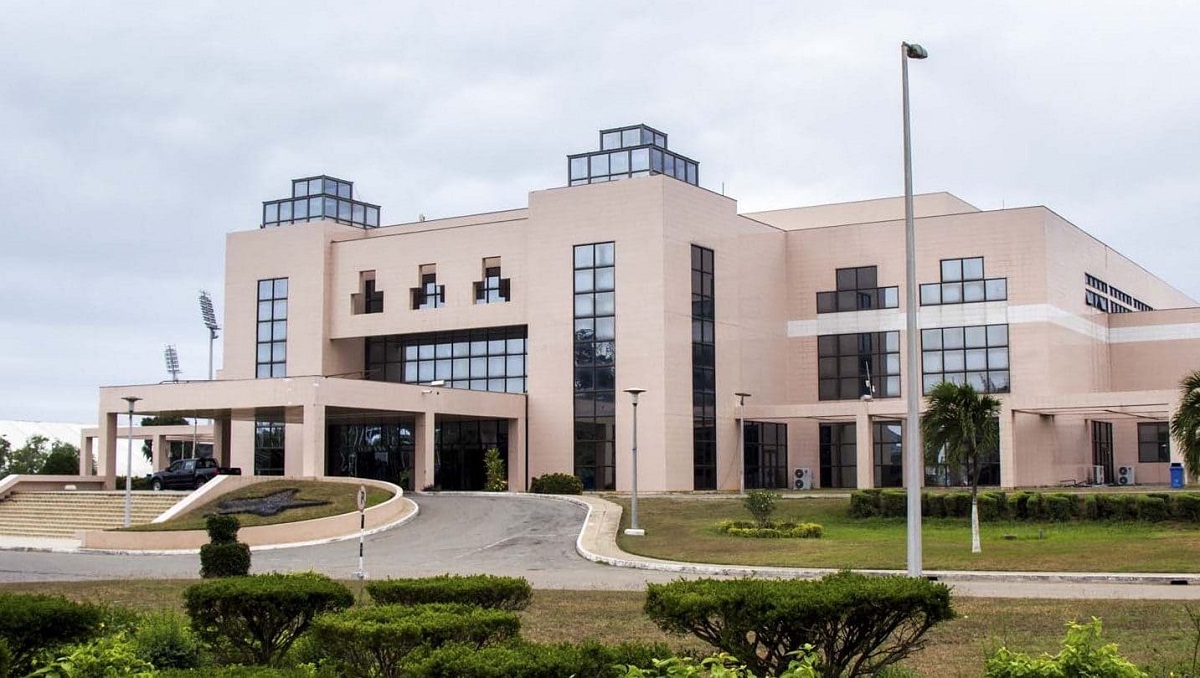The capital of Ghana is Accra. This city is also the major town in the Greater Accra Region and in its metropolis. Here are some 20 interesting facts and data about this settlement.
- Accra lies on coordinates: 5°33′N 0°12′W
- There are 6 sub metros in the metropolis: Okaikwei, Ablekuma, Osu Klottey, Ayawaso, Keteke, , Kpeshie.
- Area code is 030
- The address prefixes are GL, GZ and GA
- Total area is 225.7 km²
- City color is green and blue
- Sited on an elevation of 61 m
- Time zone is UTC+0
- Flag colors are red, gold, green and black
- First settlement was in the 15th century
- Upgraded from town to city in 1898
- Weather is tropical savanna
- Accra emerged from three coastal settlement – Osu, Ussher Town and JamesTown
- The city had trading activities with the Portuguese, Danes and British.
- First sub saharan country to attain independence
- All six military takeovers in the country – 1966, 1972, 1978, 1978, 1979 and 1981 – originated from Accra
- Accra has Oxford street with a street orientation like that of the British
- The city is home to the most advanced medical facility in Ghana
- The same festival – Homowo – is celebrated by different communities on different dates.
- The first settlers of Accra are the Guan tribe.
ABOUT ACCRA – NARRATIVE
HISTORY
The capital of Ghana emerged after British colonial officials relocated Cape Coast’s seat of government there in 1877.. On June 29, 1961, Ghana’s first president, Dr. Kwame Nkrumah, proclaimed Accra a city.
TRADITIONS
In Accra, customs and culture are highly valued. With its glittering beaches, ports, colonial buildings, museums, libraries, monuments, galleries, art, food, music, nightlife, and traditional and cultural textile markets, Ghana’s capital exudes grandeur. Being a resident of Accra has many advantages. There are plenty of job opportunities, a friendly populace, and a cheap cost of living. It’s also an excellent resource for learning about African culture. Accra is a friendly city with lots of things to do.
ETHNICITY
The Ga-Adangbe people live in the plains around Accra. There are also Gonja tribesmen too in the city. Most residents in the northern region are members of the Gonja or Moshi-Dagomba tribes. Around 1000 A.D., the Guan are thought to have migrated to southern Ghana from the Mossi-Dagbon region of what is now Burkina Faso and Ghana. In the 1600s, the Gonja of the Guan, who were also northern Ghanaian invaders, overran eastern Dagbon and took Daboya among other towns.
CULTURE
In the capital of Ghana, the people wear both traditional and European styles. Their use of a variety of textures and vibrant colors gives their designs and style a unique look. Experts have also produced gorgeous hand-sewn, hand-dyed, and hand-woven products.
